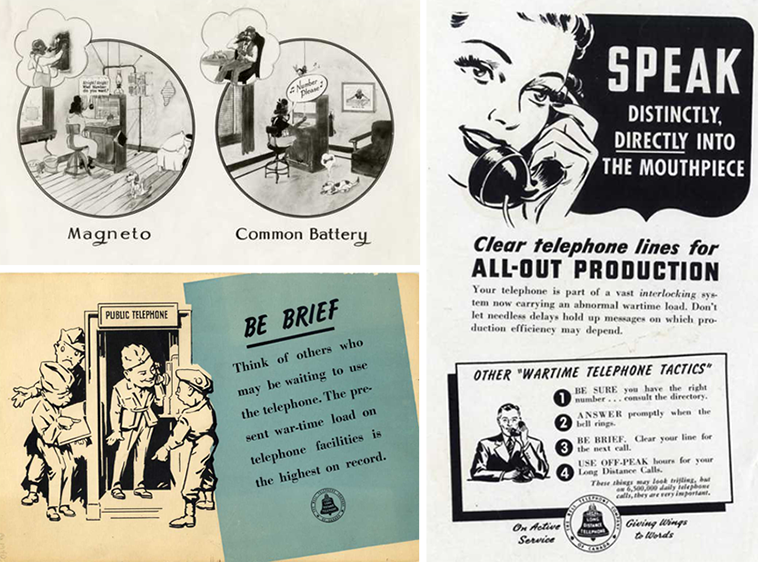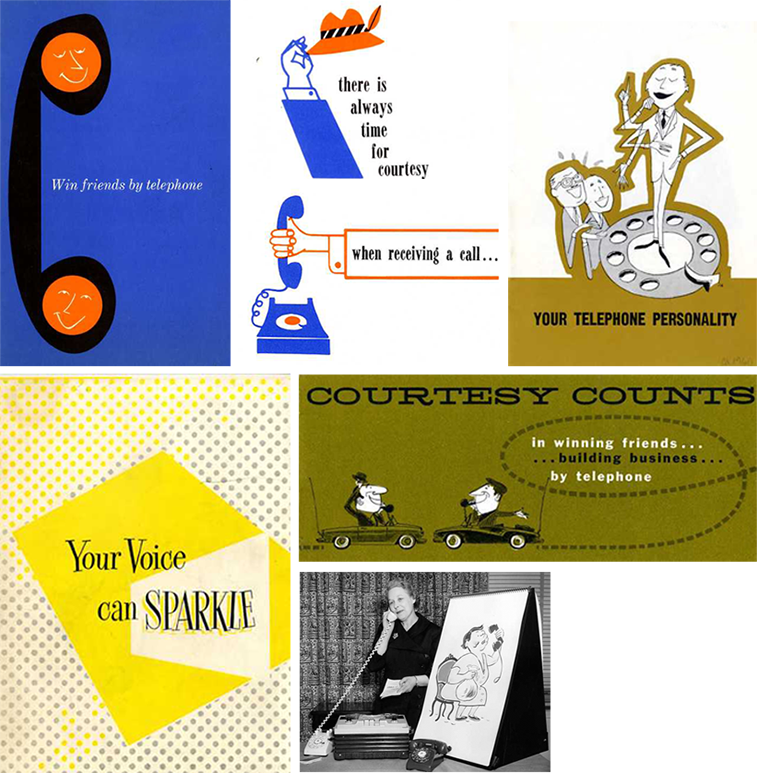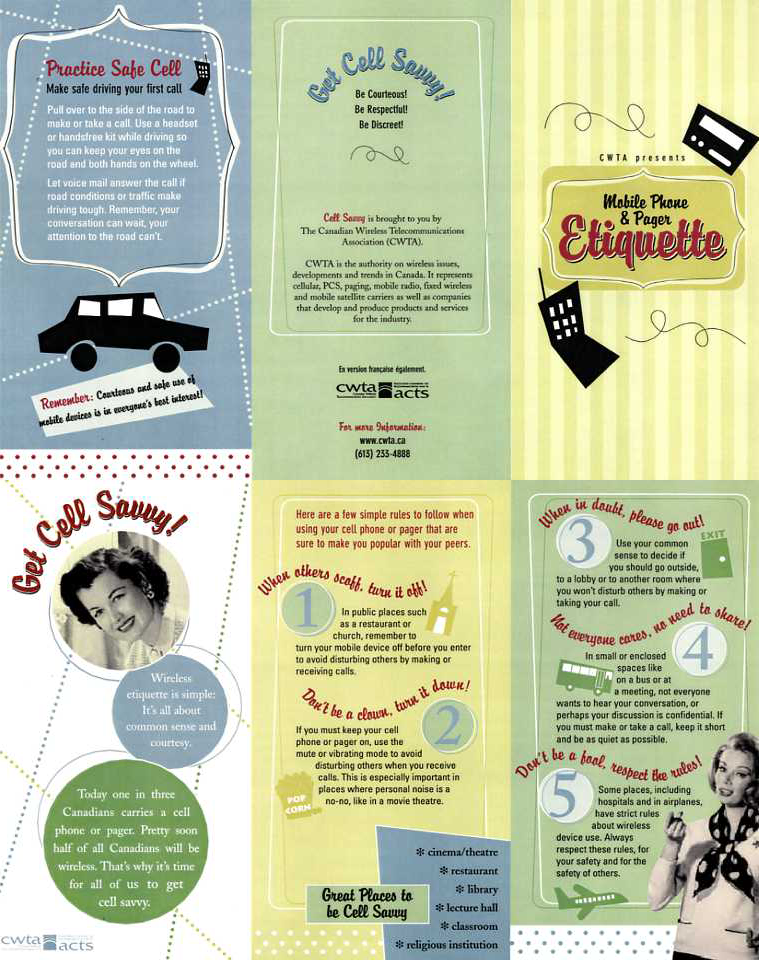A brief history of telephone etiquette - The importance of courtesy for business and social life

While it varies between different countries, the most common telephone greeting in the English language has always been a simple "Hello”. It’s a word with a long history that dates back to the 15th century, defined as a hail or a call, and spelled in various ways including “Hallow”, “Hallo”, “Hollo” or “Hulloa”. The modern spelling, “Hello”, did not appear until after 1880, when the word became the go-to telephone salutation in North America.
The use of “Hello” as a telephone greeting has been credited to Thomas Edison, however Alexander Graham Bell favoured the term “hoy hoy” – a common phrase used on ships.
As the telephone began to play an increasingly important role in business and personal communications, Bell put a sharper focus on promoting proper telephone etiquette to our subscribers and team members. Early campaigns promoted a few basic rules:
- Answer the telephone promptly when it rings
- Speak clearly, slowly and directly into the mouthpiece
- Do not allow a cigarette, cigar or candy to distort your speech
- If the call is for someone else, transfer it quickly
- Consult the telephone directory to avoid a wrong number
- Conclude the conversation by a cheerful “Thank you” and hang up gently
In a general circular entitled “Courtesy” issued in 1916, general manager C.F. Sise insisted on a courteous, considerate and obliging attitude from all employees when dealing with the public. Operators were trained to provide the most courteous and personal service possible to subscribers. Starting in 1925, the typical “Number?” greeting when a subscriber reached the central office changed to the more polite, “Number please?”. Bell leaders were convinced that the new greeting would remind customers of our main objective – to provide polite and cheerful service. In 1928, it was decided that “Number please” should be followed by “Thank you” and was used by operators to acknowledge that a subscriber’s instructions were understood. This adjustment offered additional courtesy and also sped up the completion of telephone connections.
Emphasising good telephone habits and ensuring Canadians weren’t making unnecessary telephone calls during WWII, was one of the key advertising messages during the war. Subscribers were encouraged to limit their communications to brief and essential calls, avoid rush hours and look for numbers in the directory on their own, to avoid unnecessary “Information” calls.

In the 1950s, pamphlets and other materials were distributed to further encourage good telephone habits. One pamphlet, released by Bell in 1957 and titled “Your voice can sparkle”, was specifically created to help operators and administrative assistants “inject sparkle into their telephone personality”. It lists habits that can help you to acquire a “pleasing” voice, such as “getting sufficient air in the lungs” , “put a little more energy into the tongue and jaw movements” and “don’t talk too quickly”.
Bell launched a similar campaign to show business owners how telephone courtesy can increase sales. Service advisors were hired to train business employees as telephone etiquette leaders. Bell public relations representatives also toured organizations such as the YMCA, to teach the public how to acquire a good telephone voice. To illustrate the point, recorded voices were played and illustrated by amusing cartoons. During the presentation, the audience had the opportunity to test their own voices and hear them as they sounded to others.

A few decades later, cellular phones and pagers created a whole new set of questionable habits related to phone etiquette. To help customers, Bell Mobility, along with organizations such as the Canadian Telecommunications Association (CWTA) developed a new set of guides to help Canadians get the most out of their next-generation devices.
